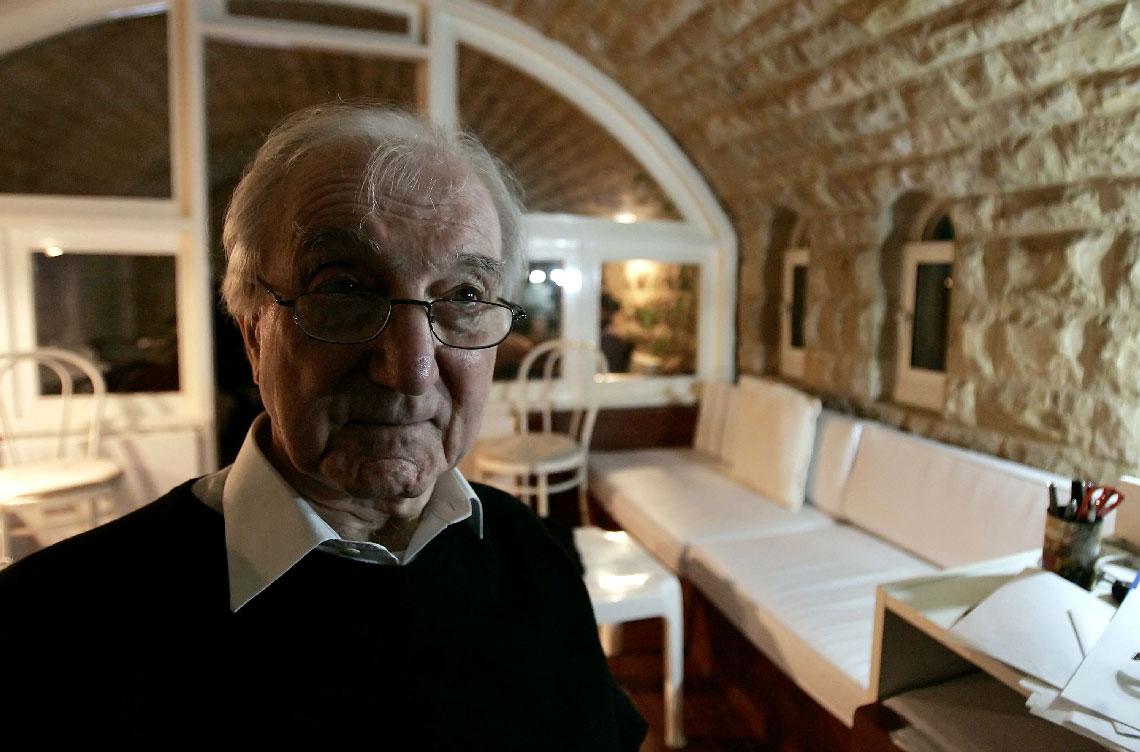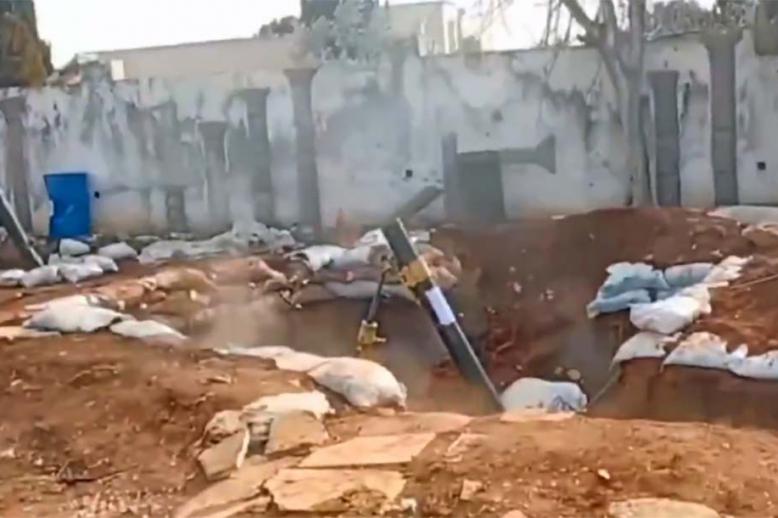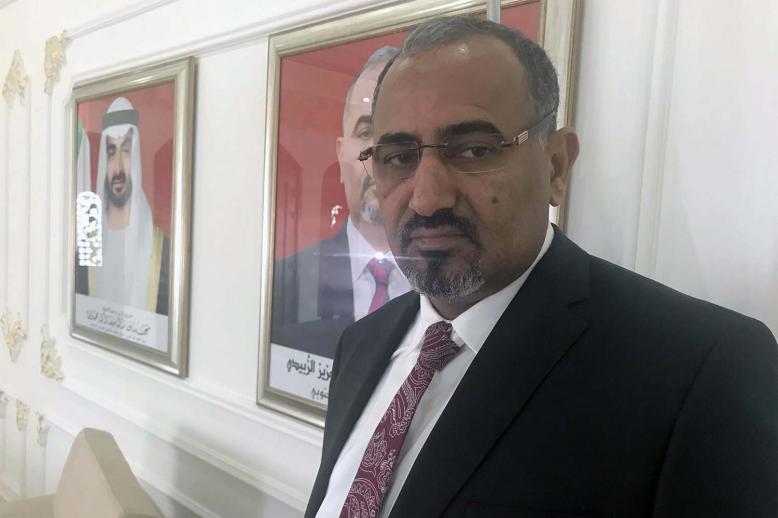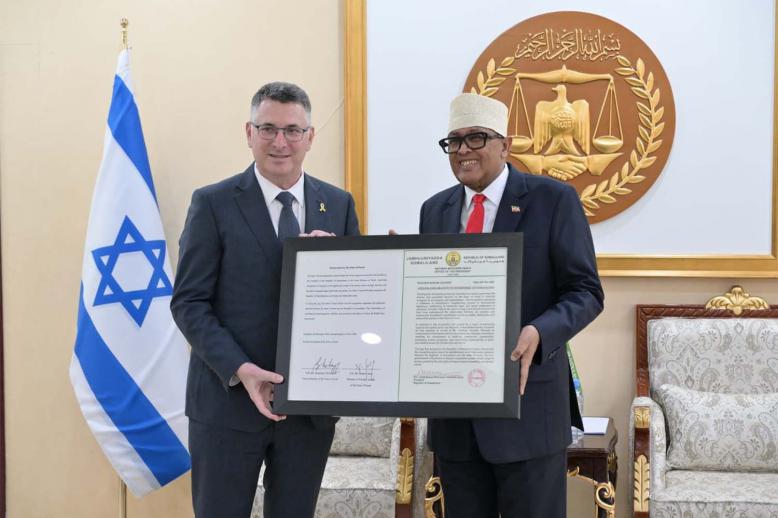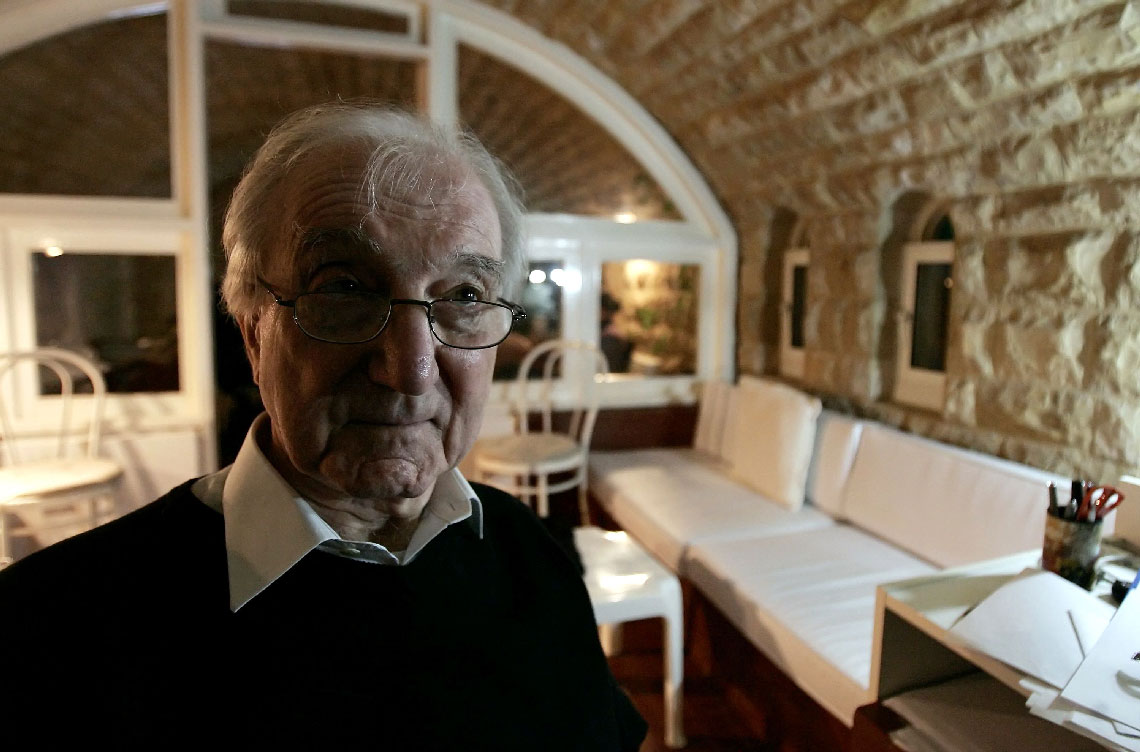Iraqi architect Rifat Chadirji dies of COVID-19
BAGHDAD - Rifat Chadirji, known as the father of modern Iraqi architecture, died late Friday in the United Kingdom after contracting the novel coronavirus, friends and Iraqi officials have said.
The 93-year-old architect is credited with designing some of Iraq's most well-known structures, including the iconic "Freedom Monument" which gave the now protest hub of Baghdad's Tahrir Square its name.
Chadirji won numerous awards throughout his career, recognizing his talent as an architect, writer and photographer.
In 1986, he was the recipient of the Aga Khan Award for Architecture Chairman’s Award, one of only 4 people to be honored with the prestigious prize, granted to individuals who meet the "aspirations of communities in which Muslims have a significant presence".
"He was a giant of 20th century Iraq," said Caecilia Pieri, a scholar focusing on Baghdad's modern architecture who knew Chadirji well.
Top Iraqi officials including President Barham Saleh, caretaker Prime Minister Adel Abdel Mahdi and PM-designate Mustafa al-Kadhimi mourned him on Saturday.
"With the death of Rifat Chadirji, architecture in Iraq and the world has lost its modern lung, which breathed modernity and beauty," Saleh wrote in Arabic on Twitter.
Born in Baghdad in 1926, Chadirji studied in London and returned to Iraq in the 1950s to design his magnum opus - an elegant arch entitled "The Unknown Soldier" - as well as the capital's post office and other public buildings.
But when the Baathist regime came to power, it tore down "The Unknown Soldier," replaced it with a statue of Saddam Hussein and tossed Chadirji into the infamous Abu Ghraib prison, where he remained for 20 months.
That same statue of Saddam Hussein was famously torn down by American troops during the US invasion of Iraq in 2003, as the world watched on television.
He wrote about the experience of being jailed by the Baathist regime in "The Wall Between Two Darknesses," relating how Saddam had him released from Abu Ghraib to design a conference centre, which was intended to host a Non-Aligned Movement summit in 1982.
The book was co-authored with his wife Balkis Sharara, who smuggled his manuscripts out of the prison where he authored three highly-regarded works.
Chadirji moved to Beirut a few years later and lived abroad during most of the devastating 1980-1988 Iran-Iraq war, the 1990 Gulf War, a decade of international sanctions and the 2003 US-led invasion that toppled Saddam.
When he returned to Iraq in 2009, he was scarred by what he found.
"I cannot believe what has happened to the buildings in Baghdad, everything has been almost completely destroyed," Chadirji said at the time.
In 2019, another one of his famed buildings was torn down: the National Insurance Company in Mosul, a seven-storey building from where the Islamic State group threw men accused of being gay to their deaths.
The structure was ravaged by the months-long fight to oust IS from Mosul and a municipal committee later decided to demolish what was left of it saying it could not be restored.
The NIC building was seen as a prime example of modern Iraqi design, with rows of slim archways and projected windows reminiscent of Iraq's beloved "shanasheel".
Chadirji had been a longtime advocate of preservation, working even under Saddam to halt the demolition of traditional Iraqi architecture in Baghdad.
"A people that cannot take care of its creations is a people without a memory," he said in 2009.


